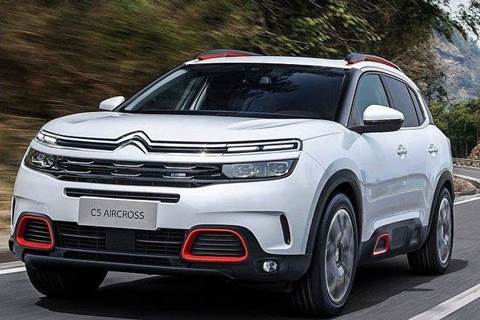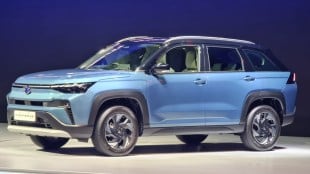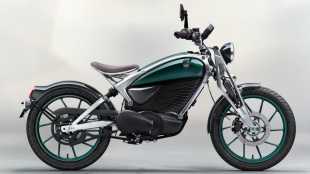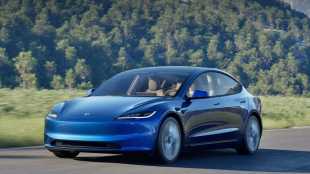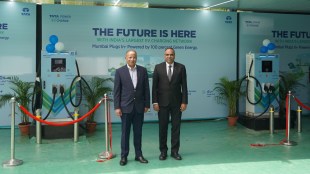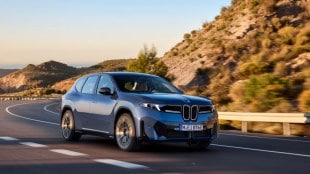
PSA group-owned Citroen is the most profitable carmaker in Europe after having recovered from near bankruptcy just about five years ago. Brilliant, isn’t it? Sure, but it doesn’t mean much in our country. India is going to emerge as the third largest passenger car market in the world according to a McKinsey report and total production is forecasted to reach six million by 2023. This simply means that irrespective of the recent and temporary slowdown in the market, India presents a great opportunity for carmakers in the medium and long run.
However, historical data proves that despite almost all global carmakers being present in India, not one has been able to cause even a feather of concern for Maruti Suzuki and Hyundai or even Tata Motors, Honda or Toyota.
Citroen Strategy for India
What is it then that makes PSA Group-owned brand Citroen confident that they can succeed in a complex market such as India? The brand officially entered India on 3 April and announced to launch the C5 Aircross SUV by late 2020. That, however, isn’t big since the model will be imported and sold at a premium. What’s really big is the fact that the company will roll out Made in India models, specifically designed for Indian requirements from 2021, followed by two more every year. Linda Jackson, CEO, Citroen Brand, Groupe PSA, confirmed at the brand’s launch that their intent is to be a mass-market player and not a premium one.
Now, this isn’t vastly different from what some other European or American carmakers have done in the past. They started top down and launched a halo product first for brand building and later came up with mass-market models. But where did that get them? Pretty much nowhere, I’d say as most of them continue to struggle with underutilised capacities built on the high hopes of the Indian growth story.
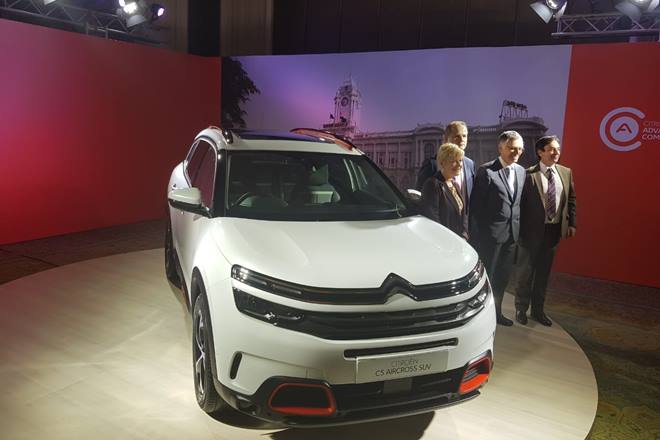
Why multiple global carmakers failed in India
How did this happen to carmakers who dominate international markets? The answer is simple. They mostly had the wrong product for India and priced it high in overconfidence that Indians will pay a premium to own European or Japanese brands despite lack of features, outdated engines and oddball designs. Most importantly, they tried shoving down international models slightly tweaked for India down the consumers’ throat but to their dismay, the average Indian consumer turned out to be a lot smarter than the decision makers in such companies as s/he simply did not buy overpriced and underequipped vehicles. Vehicles made in India for India by companies such as Maruti Suzuki, Hyundai and Honda offered a much higher value-for-money quotient.
What’s different with Citroen’s India strategy?
So why am I saying today that there is one reason that differentiates Citroen from the others? That one big thing is localisation. Now you might be quick to jump and point out that almost all carmakers in the mass-market segments do that. If you did, you would be correct but what Citroen is doing differently is that they’re localising the powertrain.
Localisation of powertrain and that too up to 90% is something that hasn’t been done by a global brand for its first locally-manufactured model in India. Many companies that claim over 80 % localisation today continue to import engine, gearbox and critical electronics, leading to higher cost for the car buyer. With about 90 % localisation on the powertrain from the word go and 98 % on the overall vehicle, Citroen has a chance to make a lasting impact in the market. True, they cannot match the prices of Maruti Suzuki or Hyundai because of low volumes for the suppliers. However, global carmakers have traditionally modified international models for India with features not at par with rivals and imported powertrains have meant higher costs as well.
Watch our video review of 2019 Ford Figo
Citroen has a great chance to change that as it has a partnership with CK Birla owned Avtec to produce engines in a greenfield plant in Hosur. Since the models will be developed for Indian consumers, they should be able to match the top rivals as well in terms of customer expectation. To top it all, Citroen has stated that they’ll take a scalable approach to investment in India rather than dumping a big load of money and then hoping/ praying for a turnaround in fortunes.
Is a Citroen success story really possible in India?
That said, all this is what I hope that Citroen does as this is the only logical way they can succeed in one of the world’s most complex markets. So the initial signs seem promising but Citroen should make sure it doesn’t repeat the same grave mistake its rivals have committed earlier – Getting arrogant and thinking Indians will lin up to buy European stuff just because it’s European. Sorry, that doesn’t work anymore as we’re one of the largest and rapidly growing countries in the world and no longer look up to the West in terms of aspirations.
As long as Citroen keeps that in mind and maintains a rational approach they have a chance of making India a sustainable market. Let’s not forget that they also own the Ambassador brand so that if brought back in a deserving vehicle can also be a big hit. If not, they’ll find themselves struggling with excess capacity, export-based survival and a burnt wallet.
